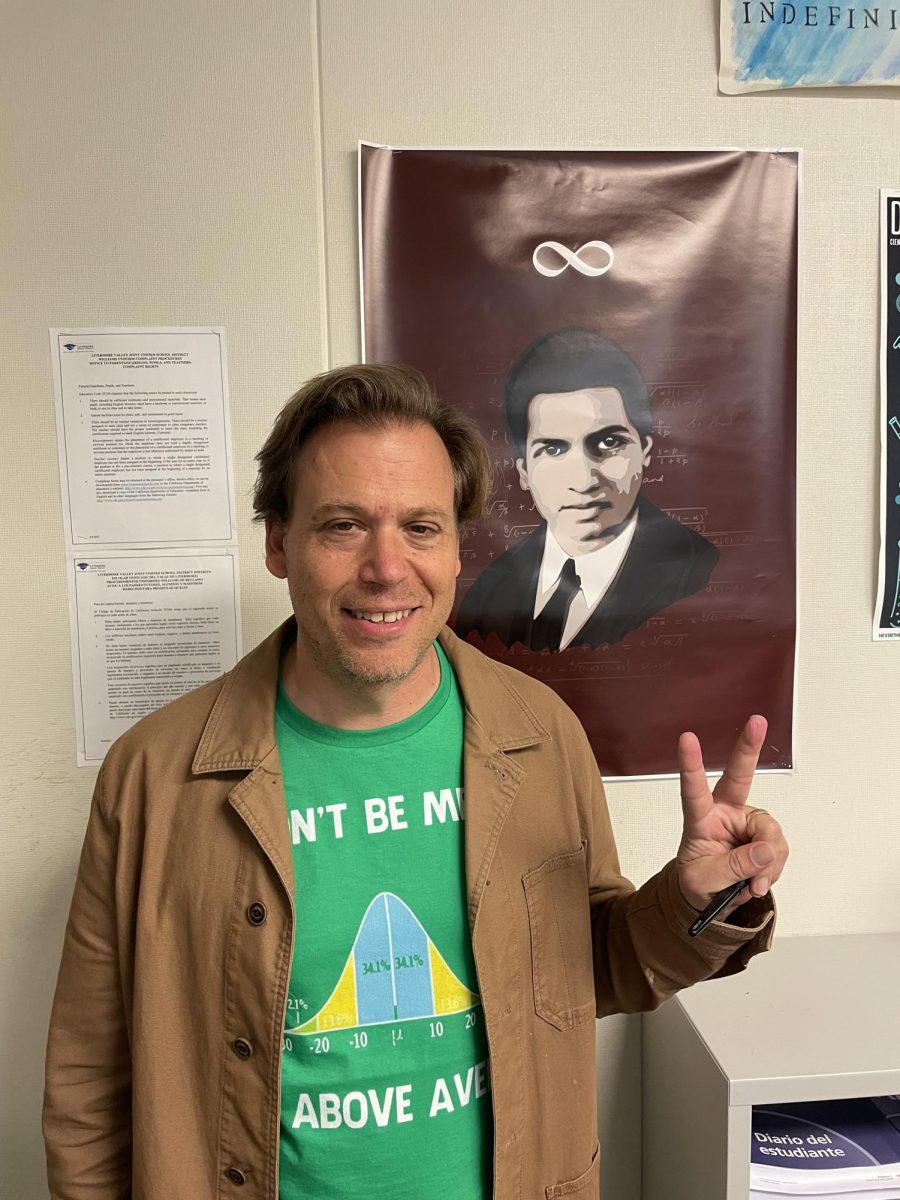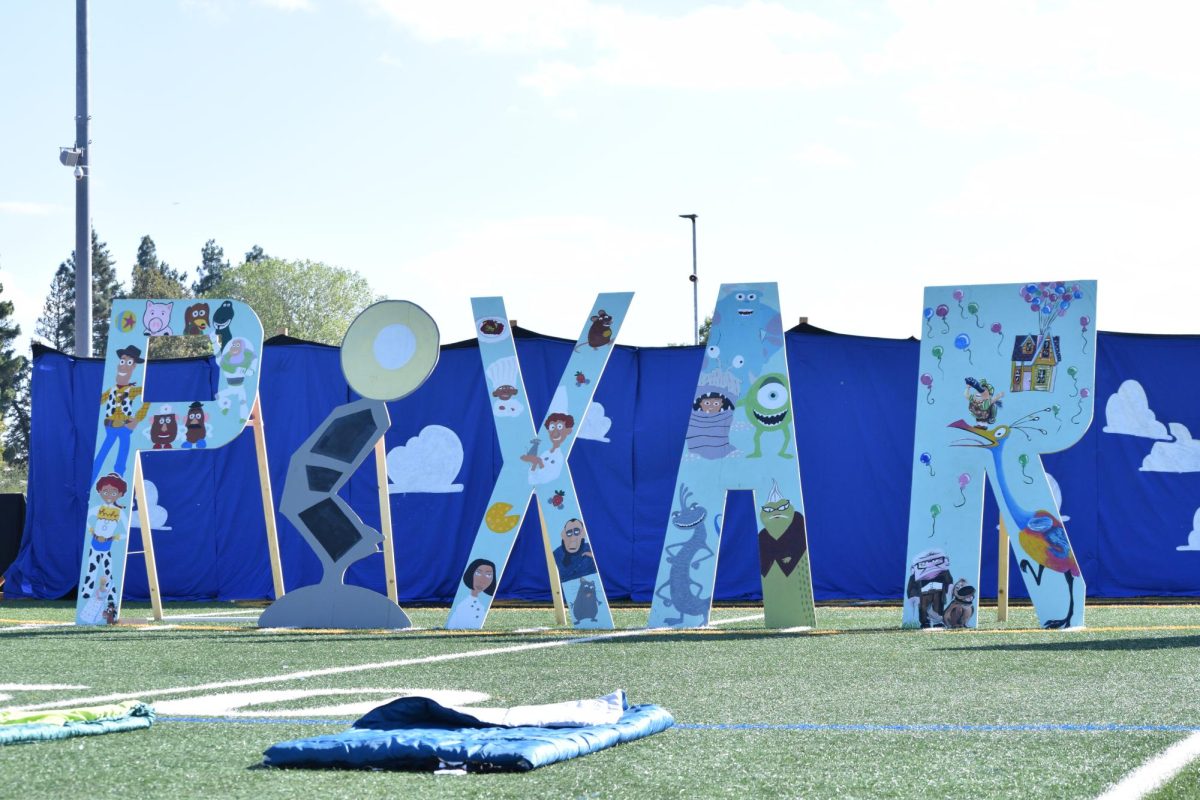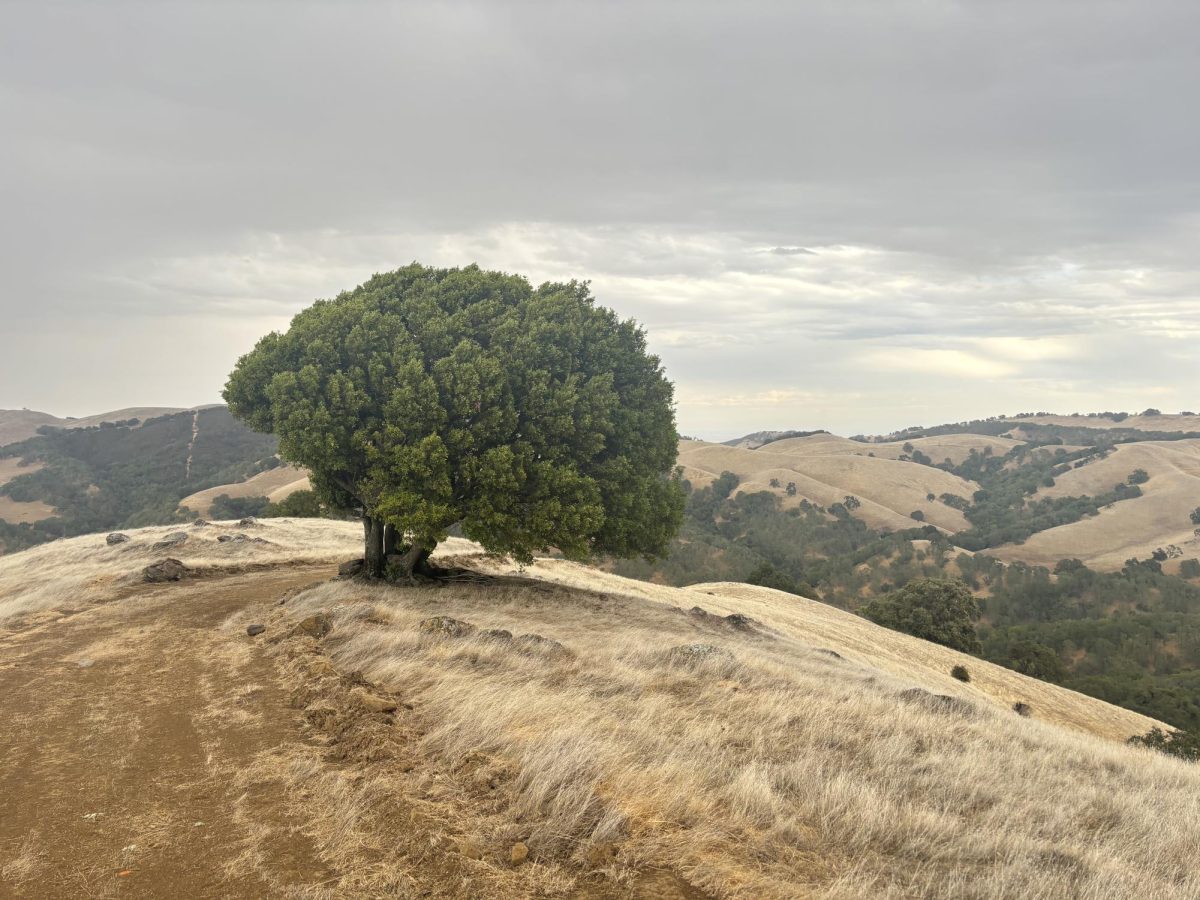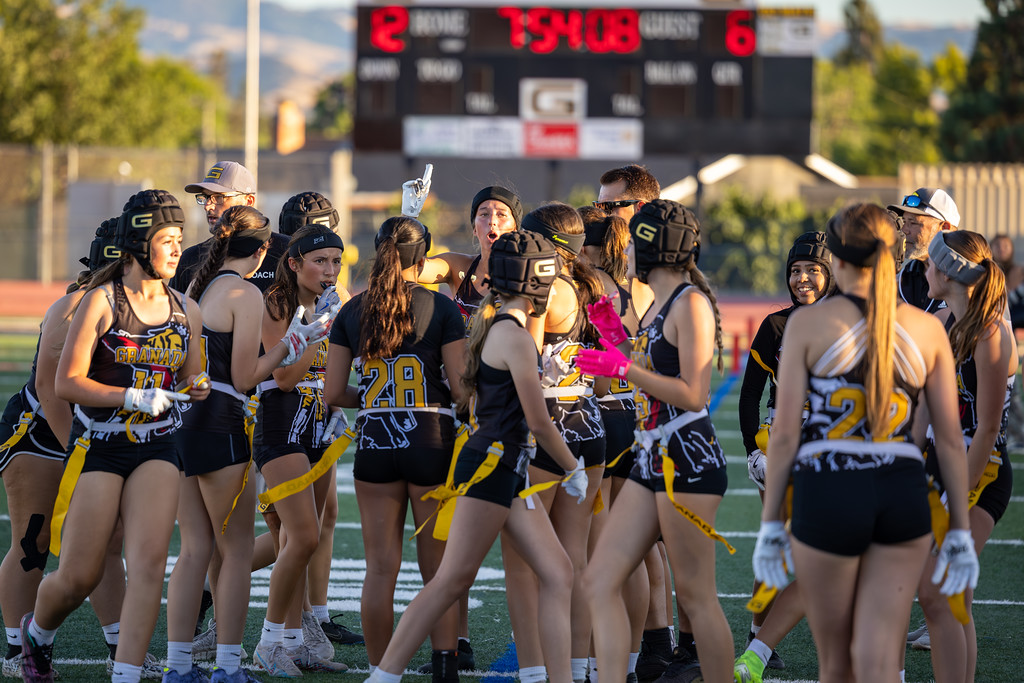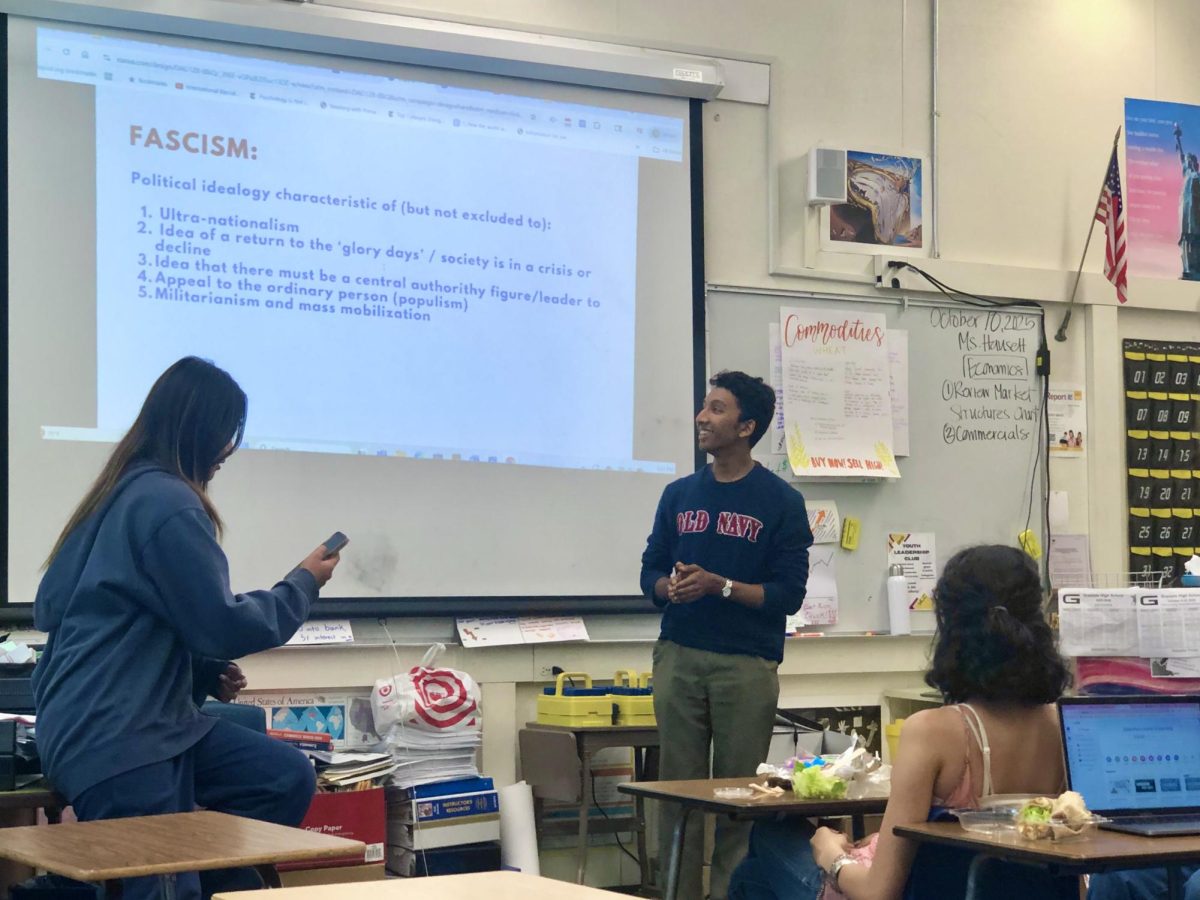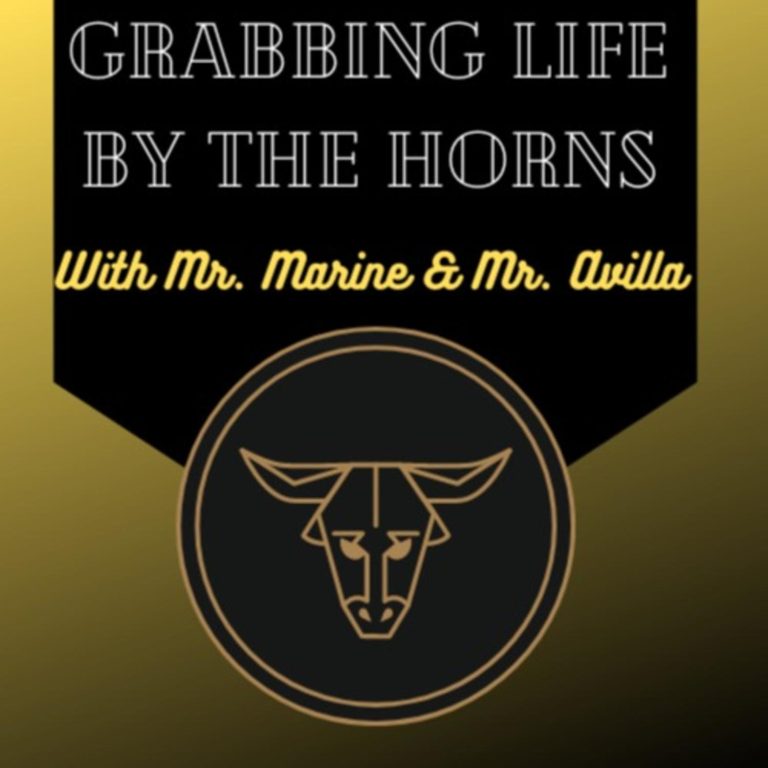Crimes Against the Humanities

The Class of 2022 throws their graduation caps into the air.
February 9, 2023
Humanities and Liberal Arts majors have been in a “crisis” for as long as they have been around. Their so-called decline has been tracked by scientists and academics alike since the 1920s. However, the innumerable people crying wolf about the imminent death of the humanities makes it difficult to believe that they are anywhere close to extinction today.
Nonetheless, following the 2008 financial crisis, the decline in students majoring in the humanities has reached an unrivaled degree. Despite that, this decrease does not prove the misguided yet commonplace claims that young people are no longer as interested in the humanities and that humanities majors are suddenly much less profitable than ever before. Instead, there is another explanation offered by Benjamin Schmidt in an article for The Atlantic.
Schmidt claims, “students seem to have shifted their view of what they should be studying in a largely misguided effort to enhance their chances on the job market.”
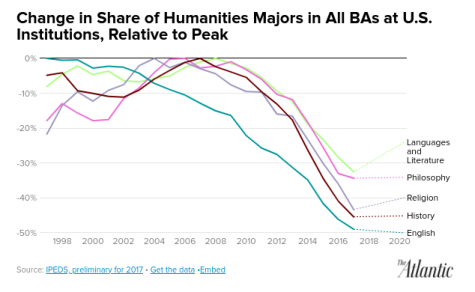
Students have been abandoning humanities majors, turning instead to jobs that they believe yield higher financial security. While some grieve for the mass unfulfillment the choice represents, others recognize the pragmatism, and others meet the narrative with skepticism.
Is this another warped portrayal of a crisis superimposed onto the natural fluctuations of majors? Or is it a symptom of changing times and a new culture of STEM that is leaving outdated and irrelevant knowledge of Shakespeare and Greek philosophers in the past?
Although there are many statistics from collegiate institutions on the predicament, they are not necessarily reflective of the situation at Granada High. As teachers and students alike speak out about their observations of this decline, the many perspectives can paint a clearer picture of the culture behind the “crisis.”
Ms. Pang, an AP U.S. History teacher at Granada, notes that the symptoms of the so-called “crisis” has been around since she started teaching 9 years ago. “As far as seniors applying as STEM majors, or former students and their careers, I think that, for as long as I’ve been teaching, a lot of students gravitate toward STEM,” said Pang. However, she also adds that she has seen many former students go into humanities because it is their passion.
On the other hand, one of Granada’s librarians Ms. Spence, a former English teacher at Dublin High, communicated her observations of the change in her students. “The arts and band used to be the big deal, but there has generally been a shift towards STEM in the last 20 years,” said Spence.
When asked the question of why STEM is favored, the resounding answer from teachers and students alike was money. Especially in an area with a high cost of living, many kids feel the need to seek well-paying jobs to live in Livermore.
This push towards STEM is a national one, promoted in order to stay competitive worldwide. However, this change is something happening at an accelerated rate in the San Francisco Bay Area. When asked why she thinks this is, Ms. Spence responded by saying, “Livermore’s location near Silicon Valley and the Livermore labs means that a lot of parents put value in science and engineering and push those feelings onto their kids.”
Ms. Malson, one of the art teachers at Granada, expresses her understanding of parental fears, “Parents are hesitant when their children want to go into the humanities because they don’t know what that means for making a living and there is not a clear pathway in college and later life like with STEM.” For students who want to pursue the arts full-time, it is often difficult for them to ignore the looming societal pressure of future earning potential.
However, the choice is not black and white. The choice is not between paychecks or passions. The choice is not between finances and fulfillment. The choice is simply between two different pathways in life. Humanities fields like digital design and international relations have huge potential earnings from a monetary standpoint yet are often overlooked in the discussion.
Furthermore, even more intense than the shift away from liberal arts, Mr. McCafferty argues that there is a similar shift away from trades, “plumbers, electricians, jobs like that. In our society, we don’t value them as much.” Trade school is an amazing option for students who want a stable career and don’t like traditional school. Senior Max Chew agrees as he is planning to receive training in the welding industry and pursue art on the side.
The sweeping response from teachers was advice for students to remain open-minded and to be well-rounded in all subjects. Ms. Bailey wants to remind students to be well-rounded, “Even if you are interested in STEM, you have to somewhat learn the arts as well. And even if you are interested in the arts, you have to learn some hard STEM skills as well. Because the future and future careers are all about having a mix of the subjects.”
Most importantly, teachers advise students to evaluate their choices and their passions before locking themselves into a life plan as a teenager. Don’t be afraid to try new things and go against the grain.

